![PATHWAY-27 – FP7-KBBE-2012-6-311876]()
Grants

PIVOTAL ASSESSMENT OF THE EFFECTS OF BIOACTIVES ON HEALTH AND WELLBEING. FROM HUMAN GENOMA TO FOOD INDUSTRY.
The general objective of PATHWAY-27 addresses the exploitation of bioactive compounds as ingredients of foods that,within the common diet, could signifi cantly benefi t human health and wellbeing. PATHWAY-27 uses three model compounds (docosahexaenoic acid – DHA, beta-glucan – BG, and anthocyanins – AC) and three model food matrices (bakery, dairy and egg products) to derive conclusions that will be widely applicable.
The scientific objective of PATHWAY-27 is to better understand the potential benefi ts and mechanism of action of the selected bioactive compounds (DHA, BG and AC), considered as ingredients of the PATHWAY-27 bioactive-enriched foods (BEF), in the prevention of the Metabolic Syndrome (MS).
The technological objective of PATHWAY-27 is to develop improved food formulations leading to the production of BEF with a scientifi cally demonstrated impact on health.
EXPECTED RESULTS:
- Increased knowledge on bioavailability, activity, synergism and mechanisms of action of bioactive compounds when administered as integral parts of foods, not as supplements.
- Guidelines and best practice for undertaking intervention studies as well developing and validating innovative biomarkers that are relevant to humans.
- The possibility of improving the formulation of new BEF having a scientifically-validated positive effect on human health and wellbeing.
- Increase in the innovation potential and competitiveness of SMEs (small and medium-sized enterprises).



![PATHWAY-27 – FP7-KBBE-2012-6-311876]()
Events
In 2012 Adexgo Ltd. has exceeded its last year’s success and received the Grand prix of “Hungarian Great Plain Animal Husbandry and Agricultural Days” on the event called “For the Hungarian Animal Husbandry Product Prize 2012” organized in Hódmezővásárhely on the 24th of Aprilbased on the submitted application in the topic of “Egg based functional product line” and “Adex-GO-1 and Repro-GO rumen protected omega-3 fat products”.

We thank the jury for their honourable appreciation!

On the picture you can see Tamás Tóth PhD., the Executive Director of Adexgo Ltd. and Gábor Antal, the Managing Director of Hód-Mezőgazda Zrt.

Products for the prevention of metabolic diseases

Retard rumen-buffer-product for ruminating animals
Buffers are applied the most frequently when using forage of high quantity and with high (in most cases finely-ground) proportion of grains, and also when using feed with low crude fibre content, which is chopped too short, thus it does not have appropriate structural effectiveness.
In practice, inorganic rumen-buffer is given, for example sodium hydrogen carbonate (baking soda), magnesium-oxide and nowadays magnesium-hydrogen carbonate, usually in the dosage of 50-250 g/day/ animal, depending on the product and on the severity of acidosis.
Baking soda has excellent puffer-capacity; but in a same time due to its fast dissolution it causes serious oscillation of the pH-value of rumen fluid. And it can easily be overdosed. To eliminate this, our company retardizes the buffers used in the product with a special method, and as a result the pH-value of the rumen fluid will remain on the optimal level for longer period.
ADVANTAGES OF FEEDING RETARD RUMEN BUFFER (REPU-GO)
- It affects the chemical reaction of rumen fluid in a prolonged way (the optimal pH-value is /6.4-6.8/ to ensure).
- The developing of the optimal rumen fluid chemical reaction has a favourable effect on the reproduction of the cellulose-releasing bacteria.
- It reduces the loss of appetite developed due to rumen-acidosis.
- It softens the negative effects of rumen-acidosis exerted on immunosuppressive and reproduction-biological processes (e.g.: increase of somatic cell-number, development of lameness, declension of fertility index, appearance of ovary cysts, increase of time between two births etc.).
- It improves milk production and improves the fat-content of milk.
APPLICATION IS ESPECIALLY SUGGESTED
In case of the following: high proportion of feed concentrate, fibrous fodder feeding problems, husbandry technological- and heat-stress, sudden change in feed, feeding feed containing rapeseed cake and other UFA (unsaturated) fatty acids.
The product can be used effectively in the feeding of dairy sheep and goat.

Products for the prevention of metabolic diseases

Rumen protected and plain niacin products (70%) for ruminants
The physiological importance of niacin in animal organisms has been a well-known fact for a long time. Niacin is a constituent of two coenzymes, the nicotinamide-adenine-dinucleotide (NAD) and the nicotinamide-adenine-dinucleotide-phosphate (NADP). These coenzymes – connected to enzyme-proteins – transport the electrons in the synthesis and degradation of proteins, fats and carbo-hydrates, therefore they play an important role in the metabolism of the mentioned nutrients. There are just a few data mentioned in literature about the niacin-content of the feed to be utilized, thus it is difficult to determine exactly the niacin-supply of the ruminants.
Therefore, in practice the feed-portion of the animals is supplemented with niacin, especially in the periods of intensive metabolism (e.g.: in case of dairy cows, the first phase of lactation, weaning, starting the feed fattening, etc.). During the use of niacin, the safety of production increases, the possibility of energy-retention problems reduces. The niacin-content of the used forage significantly influences the niacin-synthesis of rumen-microbes, thus it is advised to dose a certain part of niacin supplemental in a rumen-protected form, which cannot or just to a limited extent can degrade bythe microbes.
The rumen-protected niacin products of Adexgo Kft. are decisively utilized in the small intestine, which means a direct niacin-source in the crucial period of production. According to the experiments the rumen-protected niacin has a positive effect on N-metabolism as well.
The proportion utilized in the rumen has a positive effect on the operation of rumen-microbes. In case of plain niacin supplement, the propionic acid-concentration of rumen fluid increases, which – as a glucogenetic material – improves the glucose supply of ruminants, and it improves the effectiveness of lactose synthesis. The increasing propionic acid proportion improves the animals’ energy-balance; it also decreases the methane production in the rumen. Furthermore the niacin-supplement reduces the lactic acid concentration of the rumen fluid and it increases the pH-value of the rumen fluid.
According to the literature, niacin feeding – which is utilized both in the rumen and in the small intestine – has positive effect on rumen fermentation, on prevention of metabolic diseases (e.g.: acidosis, ketosis) and on N-metabolism and these positive effects occur simultaneously.
THE ROLE OF NIACIN IN PREVENTING AND IN TREATING KETOSIS
Ketosis is a metabolic disease, in which the quantity of ketone-bodies (acetoacetate, β-hydroxybutyrate, acetone) and the free fatty acids increase in the blood-plasma, while the glucose-concentration decreases. According to some surveys more than 50% of the high yielding dairy cows suffer from sub-clinical ketosis. In case of ketosis the appetite, the feed-intake, the live weight and the milk production of the animals decrease.
Around the period of calving, in case of feeding 6-12 g niacin daily and per animal, the glucose concentration of the blood-plasma increases, the proportion of ketone-bodies and free fatty acids decreases while the milk production also increases. The favourable effects can be traced back to the antilipolytic effect of niacin on adipose tissues (for example: it intensifies glucose transport to the liver cells through diffusion; it reduces the c-AMP-content of adipose and other tissues; it lessens the butyrin concentration in the rumen, etc.).
ADVANTAGES OF FEEDING PLAIN AND RUMEN-PROTECTED NIACIN
- feed-intake of ruminants improves
- the quantity of ketone-materials in blood and the concentration of free fatty acids decrease
- milk production increases
- fat- and protein content of milk increases
- as a result of the niacin utilized in the rumen the activity of rumen-microbes improves and the microbial-protein synthesis increases
The products can be used effectively in the feeding of dairy sheep and goat.
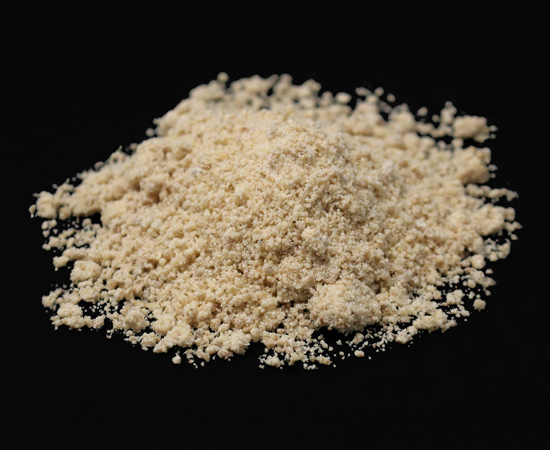
Products for the prevention of metabolic diseases

For animals rumen protected methionine and choline
IMPORTANCE OF METHIONINE AND CHOLINE SUPPLY IN THE FEEDING OF HIGH YIELDING DAIRY COWS
Choline plays a central role in the metabolism of fats, as it is one of the activators of the fats effusing from the liver. The non-protected choline dissolves in the rumen, therefore in case of the dairy cows it is practical to feed in a protected form. The protected choline improves the milk-productivity of cows and it also ensures protection against fatty-liver syndrome.
Methionine is one of the most important essential amino acids to dairy cows, especially in case of the corn-soybean meal based diet. Methionine must be provided for the cows in a rumen-protected form as well, because the rumen-microbes also dissolve the methionine. As a result of the protected (bypass) methionine supplementation, the production of the cows increases and it also has a role in preventing certain metabolic diseases (e.g.: ketosis). Feeding bypass methionine improves the protein content of milk and the amount of protein produced with the daily milk.
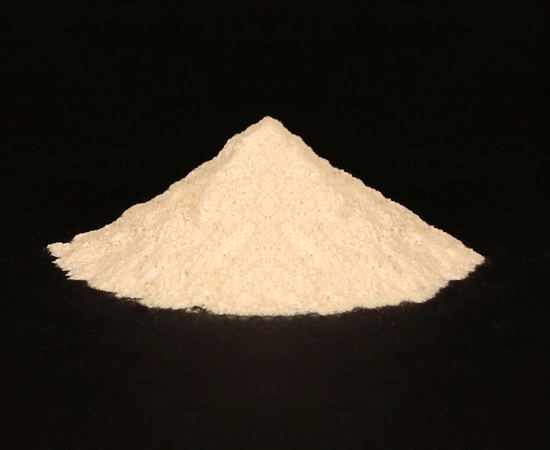
Products for the prevention of metabolic diseases

For animals rumen protected methionine
IMPORTANCE OF METHIONINE AND CHOLINE SUPPLY IN THE FEEDING OF HIGH YIELDING DAIRY COWS
Choline plays a central role in the metabolism of fats, as it is one of the activators of the fats effusing from the liver. The non-protected choline dissolves in the rumen, therefore in case of the dairy cows it is practical to feed in a protected form. The protected choline improves the milk-productivity of cows and it also ensures protection against fatty-liver syndrome.
Methionine is one of the most important essential amino acids to dairy cows, especially in case of the corn-soybean meal based diet. Methionine must be provided for the cows in a rumen-protected form as well, because the rumen-microbes also dissolve the methionine. As a result of the protected (bypass) methionine supplementation, the production of the cows increases and it also has a role in preventing certain metabolic diseases (e.g.: ketosis). Feeding bypass methionine improves the protein content of milk and the amount of protein produced with the daily milk.
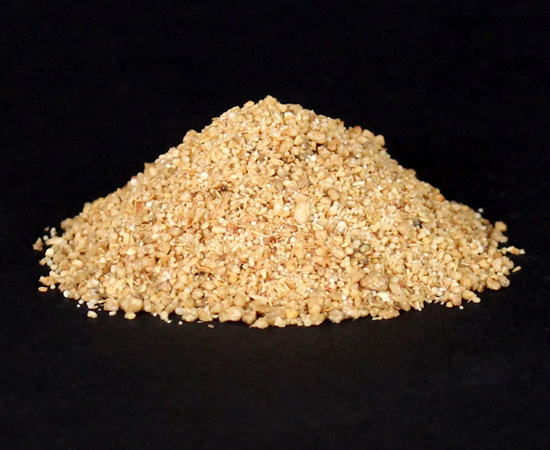
Products for the prevention of metabolic diseases

Rumen protected choline for ruminating animals
IMPORTANCE OF METHIONINE AND CHOLINE SUPPLY IN THE FEEDING OF HIGH YIELDING DAIRY COWS
Choline plays a central role in the metabolism of fats, as it is one of the activators of the fats effusing from the liver. The non-protected choline dissolves in the rumen, therefore in case of the dairy cows it is practical to feed in a protected form. The protected choline improves the milk-productivity of cows and it also ensures protection against fatty-liver syndrome.
Methionine is one of the most important essential amino acids to dairy cows, especially in case of the corn-soybean meal based diet. Methionine must be provided for the cows in a rumen-protected form as well, because the rumen-microbes also dissolve the methionine. As a result of the protected (bypass) methionine supplementation, the production of the cows increases and it also has a role in preventing certain metabolic diseases (e.g.: ketosis). Feeding bypass methionine improves the protein content of milk and the amount of protein produced with the daily milk.
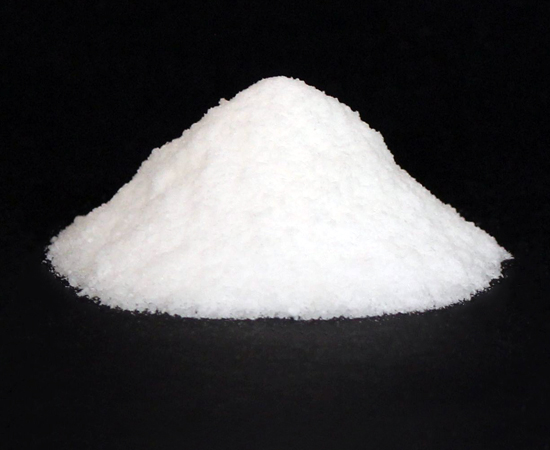
Products for the prevention of metabolic diseases, Products to improve the energy and/or sugar supply of the livestock

Rumen-protected glucose product for dairy ruminating animals
Due to the limitations on increasing the feeding with fodder, in case of high yielding dairy cows, it is difficult to compose a feed dosage that completely covers the energy needs of these animals in their first third of lactation. In such cases, as a consequence of an inappropriate gluconeogenesis, in the long run the extent of glucose-synthesis limits the production of milk, which may result in developing glucose deficiency in some cases. The glucose-deficit condition may cause numerous metabolic diseases (e.g.: ketosis, acidosis).
It is a well-known fact that dairy cows have to produce a significant amount of glucose in the liver, because a great amount of glucose absorbed from the small intestine is utilized in cell-metabolism. Besides the national corn silage – and corn meal – based feeding, the further problem is that a certain part of the starch arriving in the small intestine will leave through the faecal matter without being digested.
With the increase of the lactation production of the cows, the production of glucose will more frequently be the limiting factor of milk-production. Thus the newest improvement of our company is such a rumen-protected glucose product, which can be an effective tool in the improvement of glucose supply.
ADVANTAGES OF FEEDING RUMEN-PROTECTED GLUCOSE (GLÜKO-GO-60)
- It is an easily and directly utilized source of sugar around the period of birth.
- Combined energy-supplementary (protected glucose and fat-source at the same time).
- It has no negative effect on the digestion of crude fibre in the rumen.
- The rate of endogenous gluconeogenesis decreases.
- It improves the negative effects of the one-track corn-feeding regarding the national dairy cows’ feeding (e.g.: too much starch-proportion in the dose, which cannot be utilized).
- Concentrated feed-supplementary (feeding can be “on top” as well).
Product associated information:
GLÜKO-GO-60
Energy carriers of the past and future in dairy cows’ nutrition
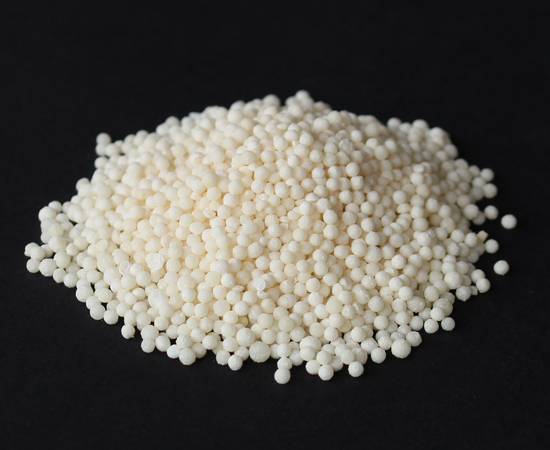
Increasing protein supply of ruminants – Retard urea products

Retard urea for dairy cows
For ruminants to improve their protein supply. Due to the special production technology realizing so called retard protein form urea dissolves and hydrolyses slowly and uniformly in the rumen.
INSTRUCTION FOR USE:
Urea shall only be fed to animals with a functional rumen. Feeding urea to the maximum level dose should be done gradually. The maximum content of urea should be only fed as part of diets rich in easily digestible carbohydrates and low in soluble nitrogen. Maximum 30% of total nitrogen in the daily ration should come from urea-N.
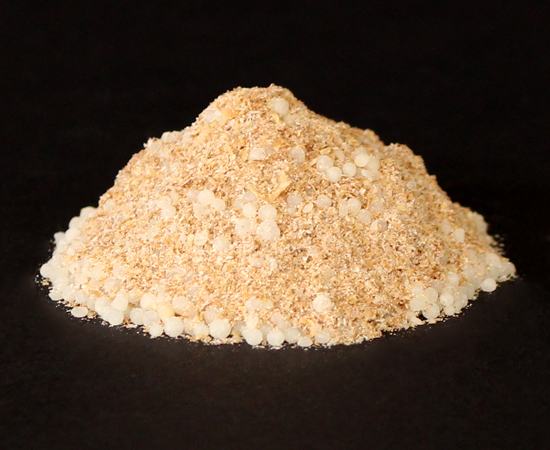
Increasing protein supply of ruminants – Retard urea products

Complementary feed containing 50% retard urea
Feed supplement for ruminants which contains retard urea, glucose- and starch sources. Due to the special production technology realizing so called retard protein form urea dissolves and hydrolyses slowly and uniformly in the rumen. The safety of feeding with MELA-DEX-50 is also improved by the easily utilizable carbohydrates (sugar, starch) contained in the product.














